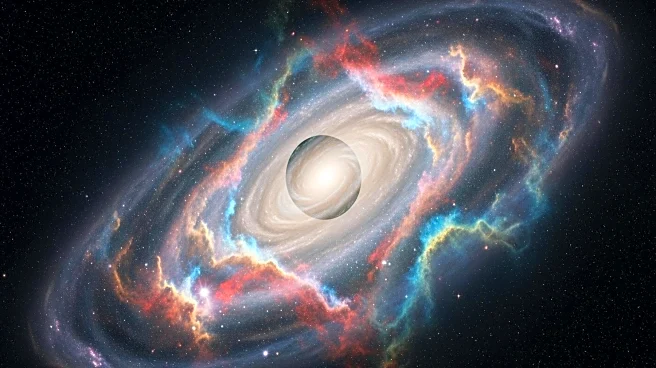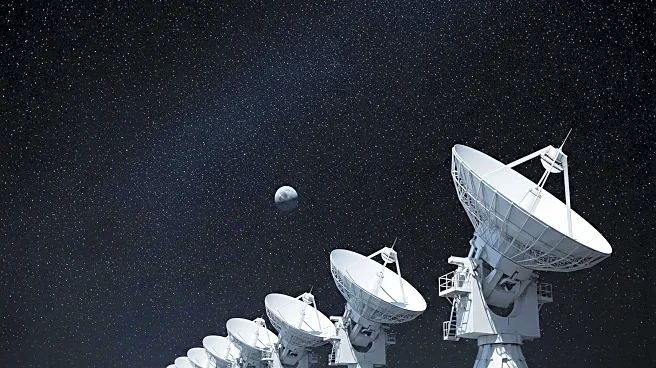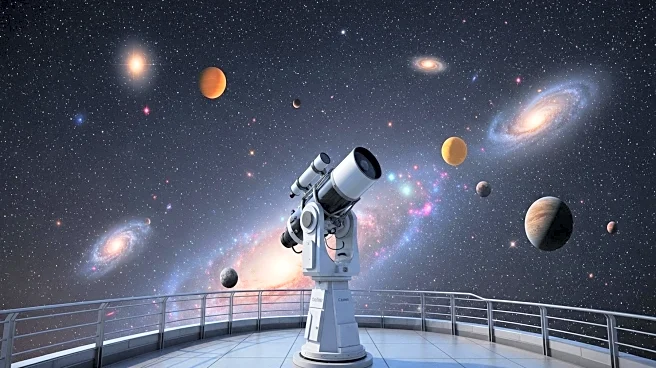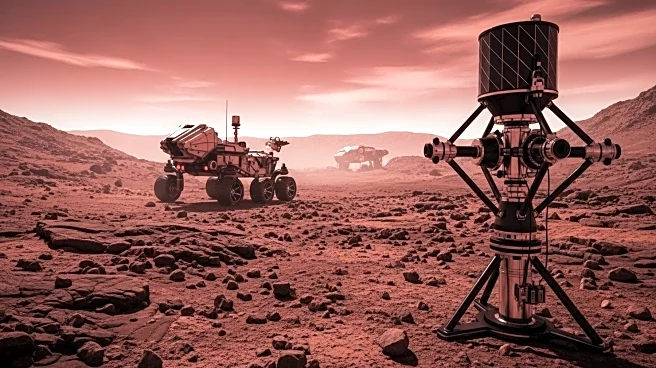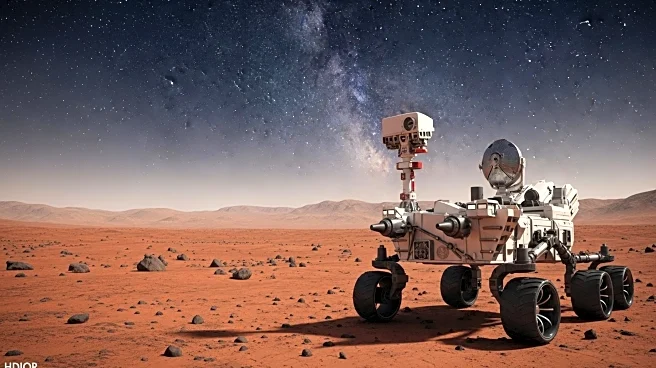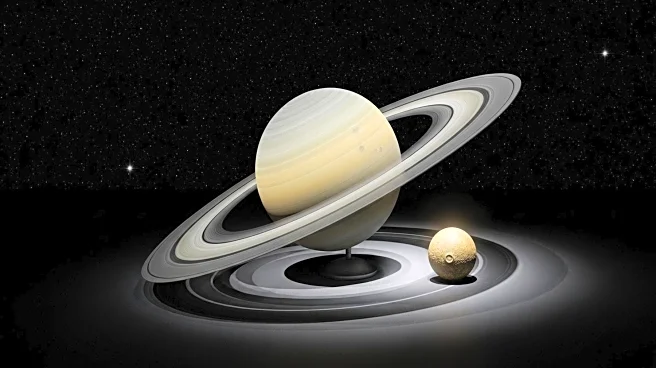What's Happening?
NASA has announced the discovery of its 6,000th exoplanet, marking a significant milestone in the exploration of worlds beyond our solar system. This achievement comes just three years after reaching the 5,000-exoplanet mark, indicating an accelerating pace of discovery. The announcement coincides with the anniversary of the first exoplanet discovery around a sun-like star, 51 Pegasi b, in 1995. NASA's efforts, primarily through the TESS and Kepler missions, have contributed significantly to this growing catalog of exoplanets.
Why It's Important?
The discovery of 6,000 exoplanets expands our understanding of the universe and the potential for life beyond Earth. Each exoplanet offers unique insights into planetary formation and the conditions necessary for life. This milestone underscores the importance of continued investment in space exploration and technology, as it could lead to the discovery of Earth-like planets and further our understanding of the cosmos. The findings also have implications for future missions aimed at exploring these distant worlds.
What's Next?
NASA plans to continue its search for exoplanets, with over 8,000 additional candidates awaiting confirmation. Future missions and technological advancements will likely increase the rate of discovery, potentially identifying planets with conditions suitable for life. The ongoing research will also focus on understanding the atmospheres and compositions of these exoplanets, which could provide clues about their habitability.

